
Uivo de Além do Nevoeiro 2019
Howl from Beyond the Fog 2019
"Howl from Beyond the Fog" (2019) is a unique and intriguing film in the landscape of Japanese cinema, particularly within the kaiju (giant monster) genre. This film stands out for its distinctive approach to storytelling, merging traditional Japanese puppetry with modern cinematic techniques.

Set in the late Meiji era of Japan, it offers a blend of historical drama and monster movie elements, creating a rich and atmospheric narrative. This summary will delve into the production background, techniques, and key aspects of "Howl from Beyond the Fog."
Title and Year of Release
"Howl from Beyond the Fog," released in 2019, is a unique and ambitious film that stands out in the realm of fantasy and monster cinema. Set in the late Meiji era of Japan, the film presents a blend of traditional storytelling with elements of kaiju (giant monster) lore. The title itself is evocative, suggesting a mysterious and ominous narrative, shrouded in the mists of folklore and legend.

The film's release in 2019 placed it in a cinematic landscape where audiences were increasingly seeking innovative and unconventional storytelling approaches. "Howl from Beyond the Fog" leverages this by offering a narrative that is both rooted in Japanese cultural heritage and appealing to fans of monster movies worldwide. The film’s unique approach to its genre and style garnered attention and appreciation from both critics and viewers, particularly those interested in Japanese folklore and kaiju films.
Director
Directed by Daisuke Sato, "Howl from Beyond the Fog" is a testament to his visionary approach to filmmaking and storytelling. Sato, primarily known for his work in special effects and as a kaiju enthusiast, brings a distinctive blend of traditional puppetry and modern cinematic techniques to the film. His direction reflects a deep respect for and understanding of Japanese folklore and monster mythology.
Sato's directorial style is marked by a meticulous attention to detail and a commitment to creating an atmospheric and immersive world. His approach in combining the art of Bunraku (traditional Japanese puppet theater) with cinematic storytelling is innovative, allowing for a unique visual and narrative experience. Under Sato’s direction, "Howl from Beyond the Fog" becomes not just a film but a piece of art that pays homage to both traditional Japanese culture and the kaiju genre.
Genre of the Film
"Howl from Beyond the Fog" occupies a unique space in the genres of fantasy, drama, and kaiju film. The movie is notable for its distinctive use of Bunraku puppetry, which adds a fantastical and ethereal quality to its storytelling. The film blends elements of traditional Japanese folklore with the kaiju genre, creating a narrative that is both mythical and larger-than-life.

The fantasy element is deeply ingrained in the film’s setting and story, drawing on rich Japanese myths and legends. The kaiju aspect brings in the excitement and scale typically associated with giant monster films, while the drama unfolds through the personal stories and conflicts of the characters. This genre fusion makes "Howl from Beyond the Fog" a unique viewing experience, appealing to a diverse audience range, from fans of traditional Japanese art forms to those who enjoy monster cinema.
Plot and Themes
The plot of "Howl from Beyond the Fog" centers around a blind girl named Takiri and the mysterious creature Nebula, which resides in a lake shrouded by fog. The story unfolds in a small village, where the arrival of Nebula stirs fear and conflict among the villagers. The narrative explores themes of fear, misunderstanding, and the clash between tradition and modernization.
One of the film's core themes is the relationship between humans and the unknown, particularly how fear and ignorance can lead to conflict and tragedy. The film also delves into themes of empathy and understanding, as exemplified by Takiri’s connection with Nebula, challenging the typical portrayal of monsters in kaiju films.

The setting in the Meiji era adds a layer of historical context, exploring the tensions between the old ways and the new societal changes occurring in Japan at the time. This historical backdrop enriches the film’s narrative, adding depth to its exploration of the themes.
Cinematography and Visual Effects
The cinematography in "Howl from Beyond the Fog" is remarkable for its integration of traditional puppetry with cinematic techniques. The film’s visual style is atmospheric and moody, capturing the mystical essence of the story. The use of fog and lighting creates an otherworldly and ethereal ambiance, enhancing the film's fantasy elements.
The visual effects, primarily centered around the puppetry of Nebula, are executed with skill and artistry. The puppet, designed with intricate detail, brings a sense of realism and presence to the creature, making it a character in its own right. The film’s reliance on practical effects through puppetry gives it a unique aesthetic, distinguishing it from the more common CGI-heavy approach of contemporary monster films.
Character Development
In "Howl from Beyond the Fog," character development is primarily centered around Takiri, the blind girl who forms a unique bond with Nebula. Takiri’s character is beautifully developed, portraying her resilience, kindness, and openness to understanding the misunderstood creature. Her blindness is portrayed not as a limitation but as a means of seeing beyond surface appearances, allowing her to perceive Nebula’s true nature.
Nebula, despite being a non-human character, is given depth and personality through the puppetry and narrative. The creature’s interactions with Takiri and its impact on the village allow for a nuanced portrayal that challenges conventional perceptions of monsters in folklore and cinema.
The supporting characters, including the villagers and Takiri’s family, contribute to the film’s exploration of its themes, each representing different reactions and perspectives on the appearance of Nebula.

Conclusion
"Howl from Beyond the Fog" is a unique and captivating film that stands out for its innovative use of traditional puppetry and its rich narrative. Director Daisuke Sato’s vision brings together elements of Japanese folklore, drama, and kaiju mythology to create a film that is both a homage to traditional art forms and a fresh take on the monster genre.
The film’s blend of atmospheric cinematography, compelling character development, and thoughtful exploration of themes makes it a standout work in the realm of fantasy and kaiju cinema. "Howl from Beyond the Fog" not only entertains but also invites the audience to ponder deeper questions about fear, understanding, and the intersections of tradition and modernity.
In conclusion, "Howl from Beyond the Fog" is a significant contribution to the genre, offering a unique viewing experience that combines the best of traditional art with cinematic storytelling. It is a film that will resonate with audiences who appreciate the blending of culture, history, and fantasy in a visually stunning and emotionally engaging narrative.
- Tempo: 71 minutos
- Diretor: Daisuke Sato
- País: Japan
- Gênero: Anime , Fantasia
- Lançamento: 2019
- IMDB: 6.4/10
- Ator: Suguru Inoue , Michiyo Ishimoto , Akane Kanamori , Tomohiro Matsumoto , Nana Nagao
- Marcação: Howl from Beyond the Fog

 Portuguese
Portuguese
 Arabic
Arabic
 Bosnian
Bosnian
 Bulgarian
Bulgarian
.svg.png) Burmese
Burmese
 Cambodian
Cambodian
 Chinese
Chinese
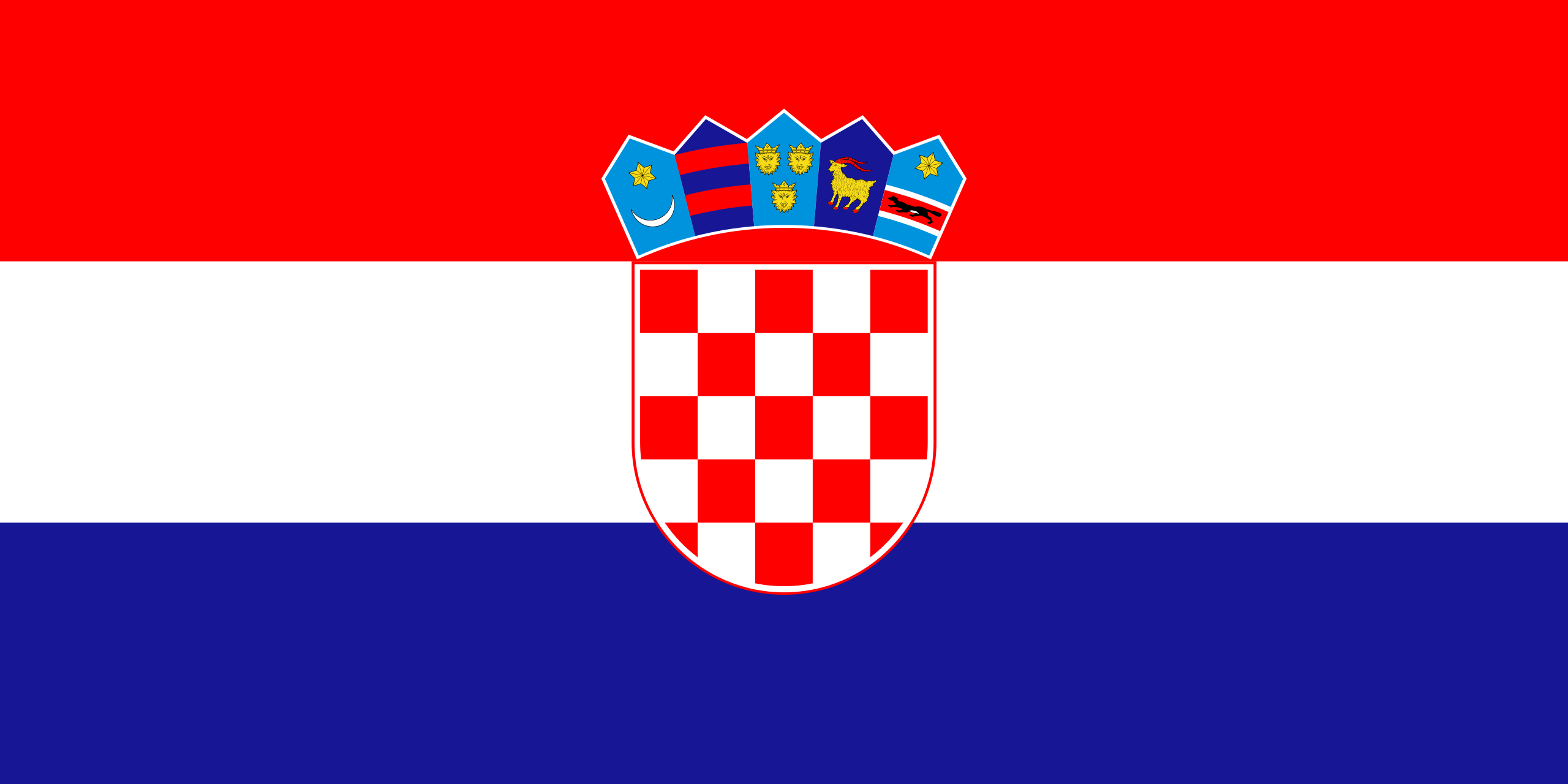 Croatian
Croatian
 English
English
 Espana
Espana
 Estonian
Estonian
 Filipino
Filipino
 Finnish
Finnish
 French
French
 Georgian
Georgian
 German
German
 Greek
Greek
 Hebrew
Hebrew
 Hindi
Hindi
 Hungarian
Hungarian
 Indonesian
Indonesian
 Japanese
Japanese
 Korean
Korean
 Latvian
Latvian
 Malaysian
Malaysian
 Mongolian
Mongolian
 Netherlands
Netherlands
 Pakistani
Pakistani
 Persian
Persian
 Russian
Russian
 Slovak
Slovak
 Slovenian
Slovenian
 Tamil
Tamil
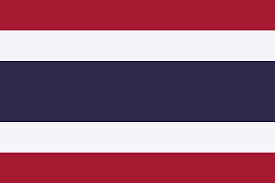 Thai
Thai
 Turkish
Turkish
 Vietnamese
Vietnamese




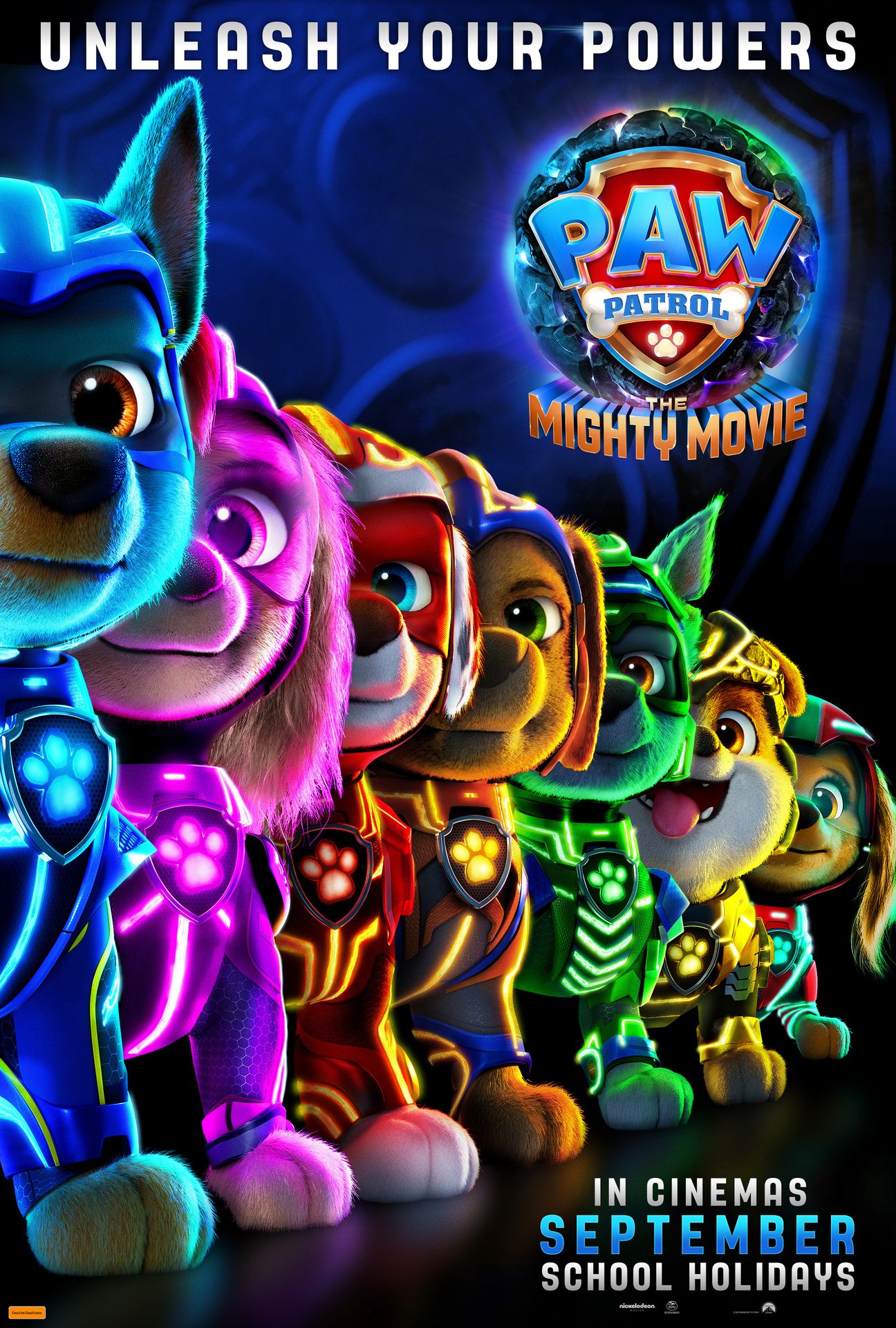











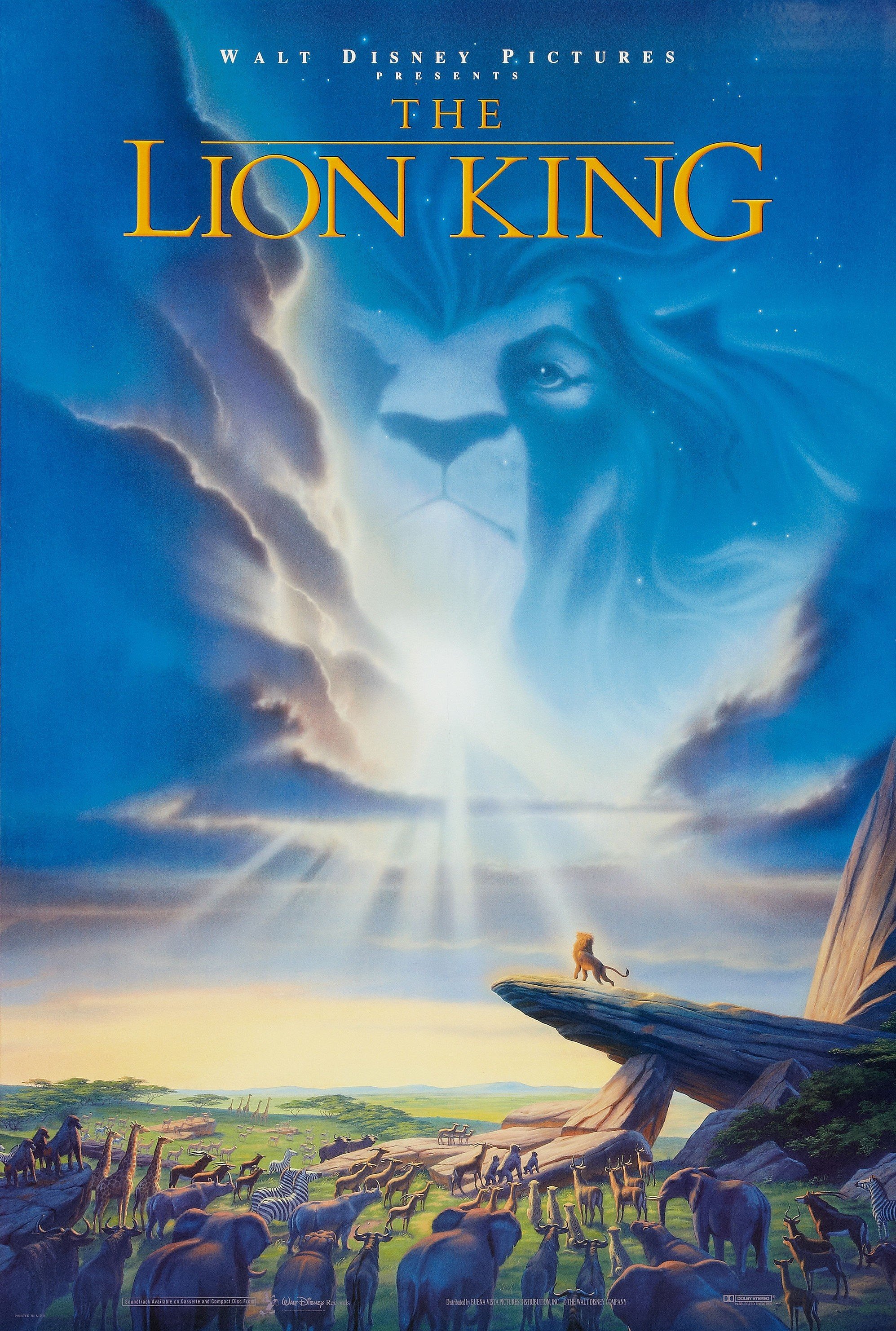
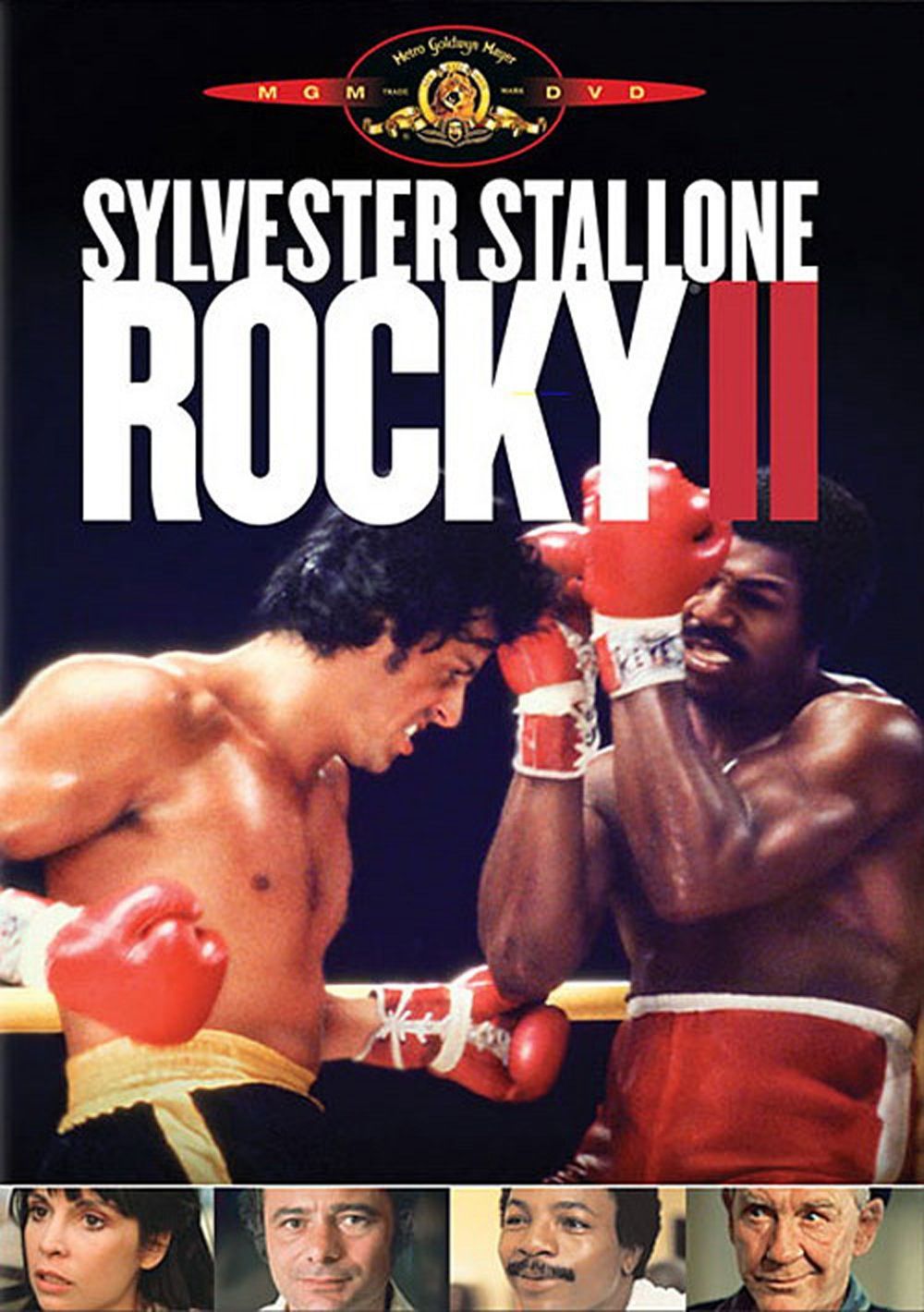

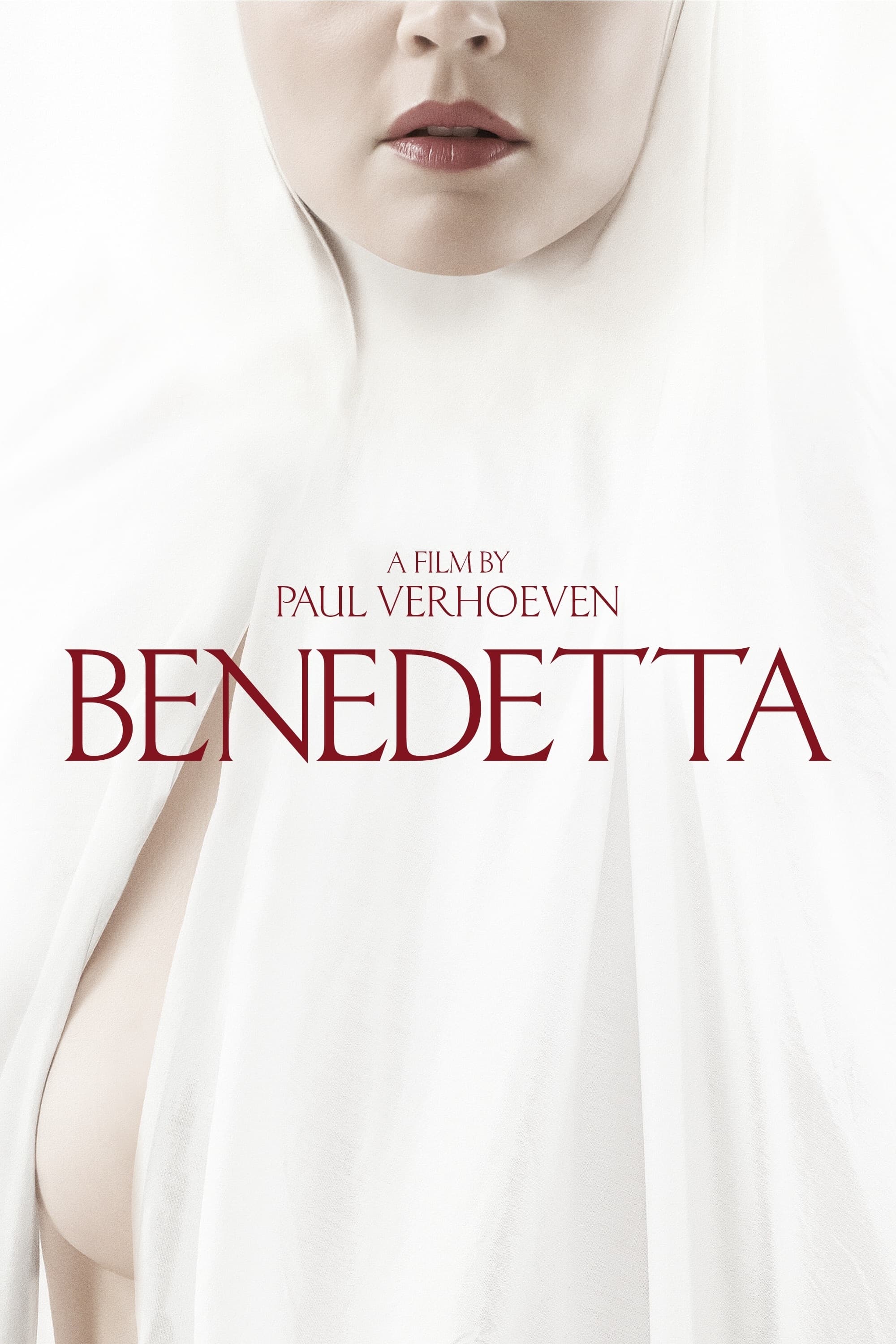

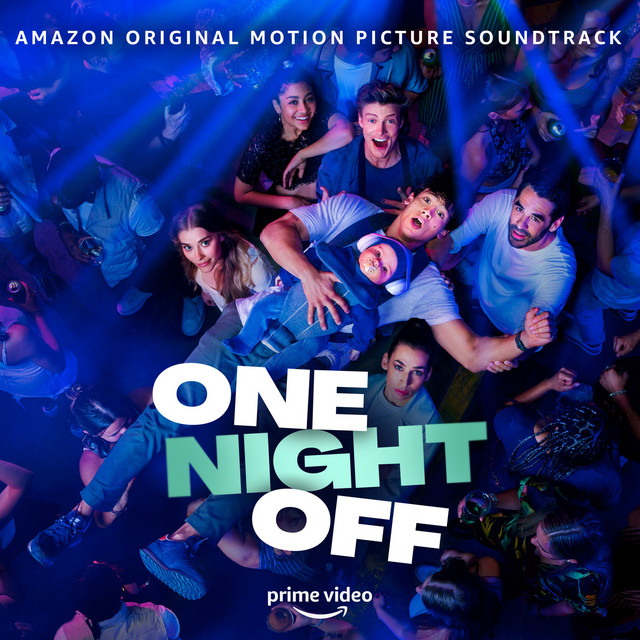

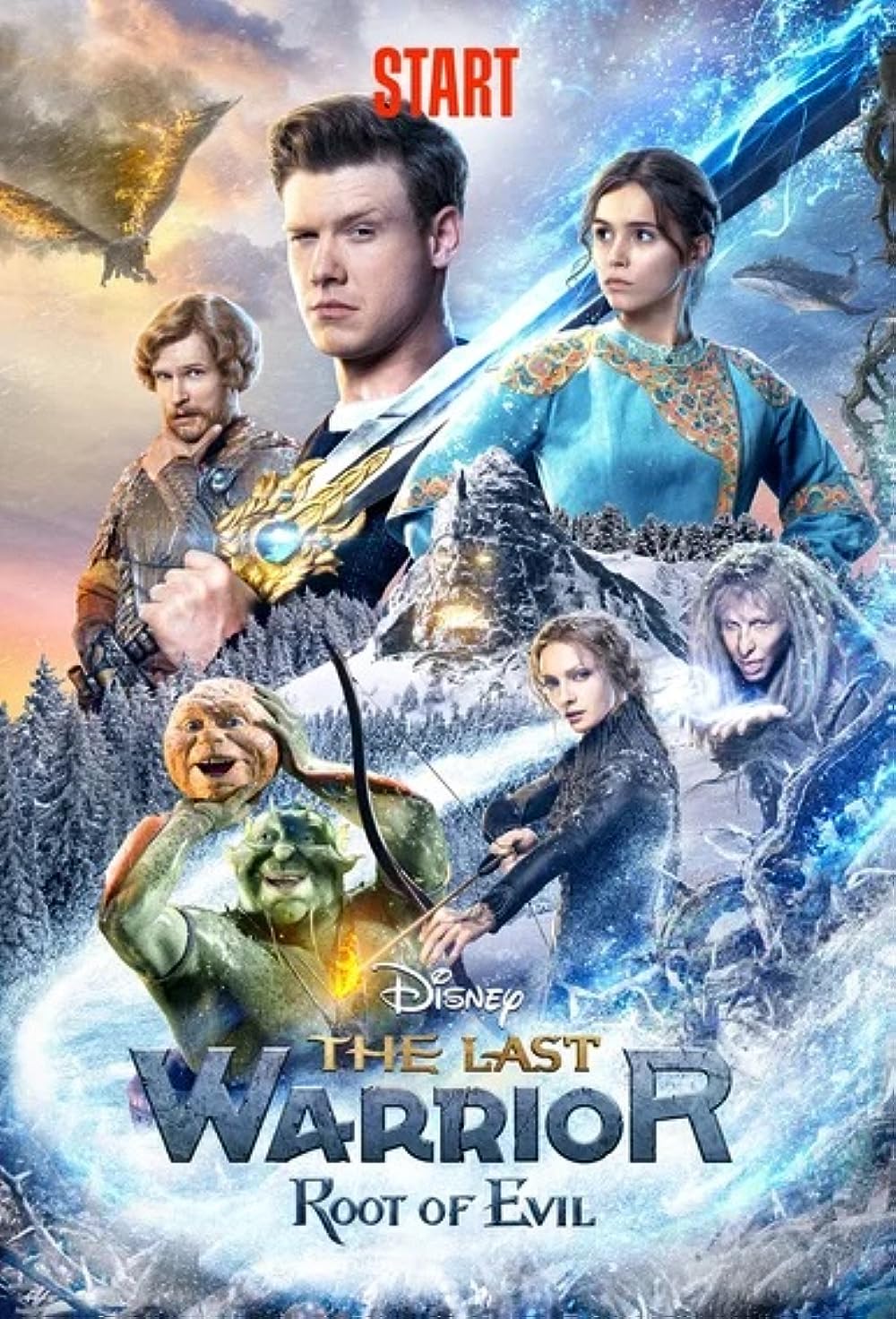

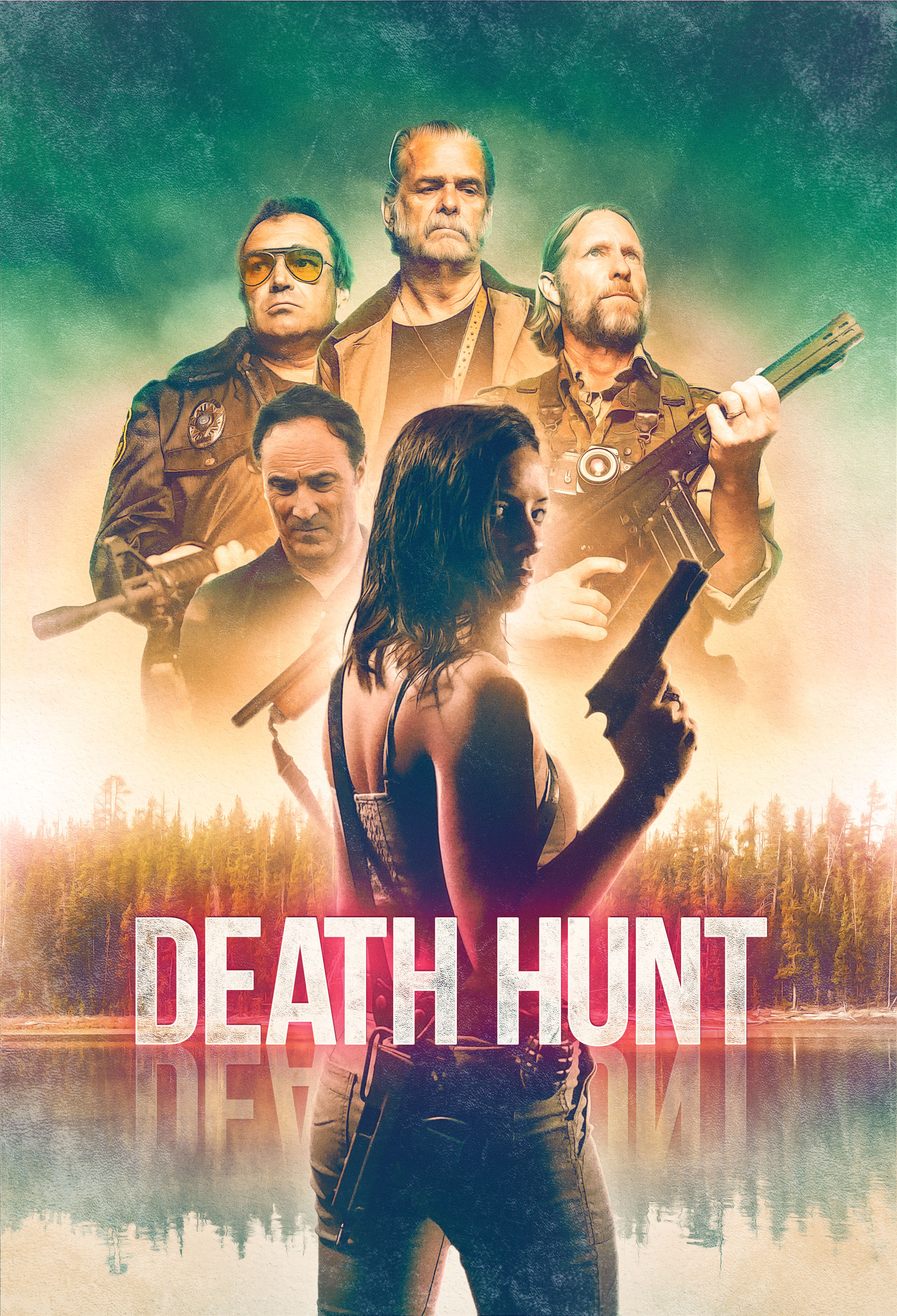


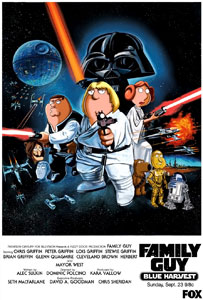
.jpg)
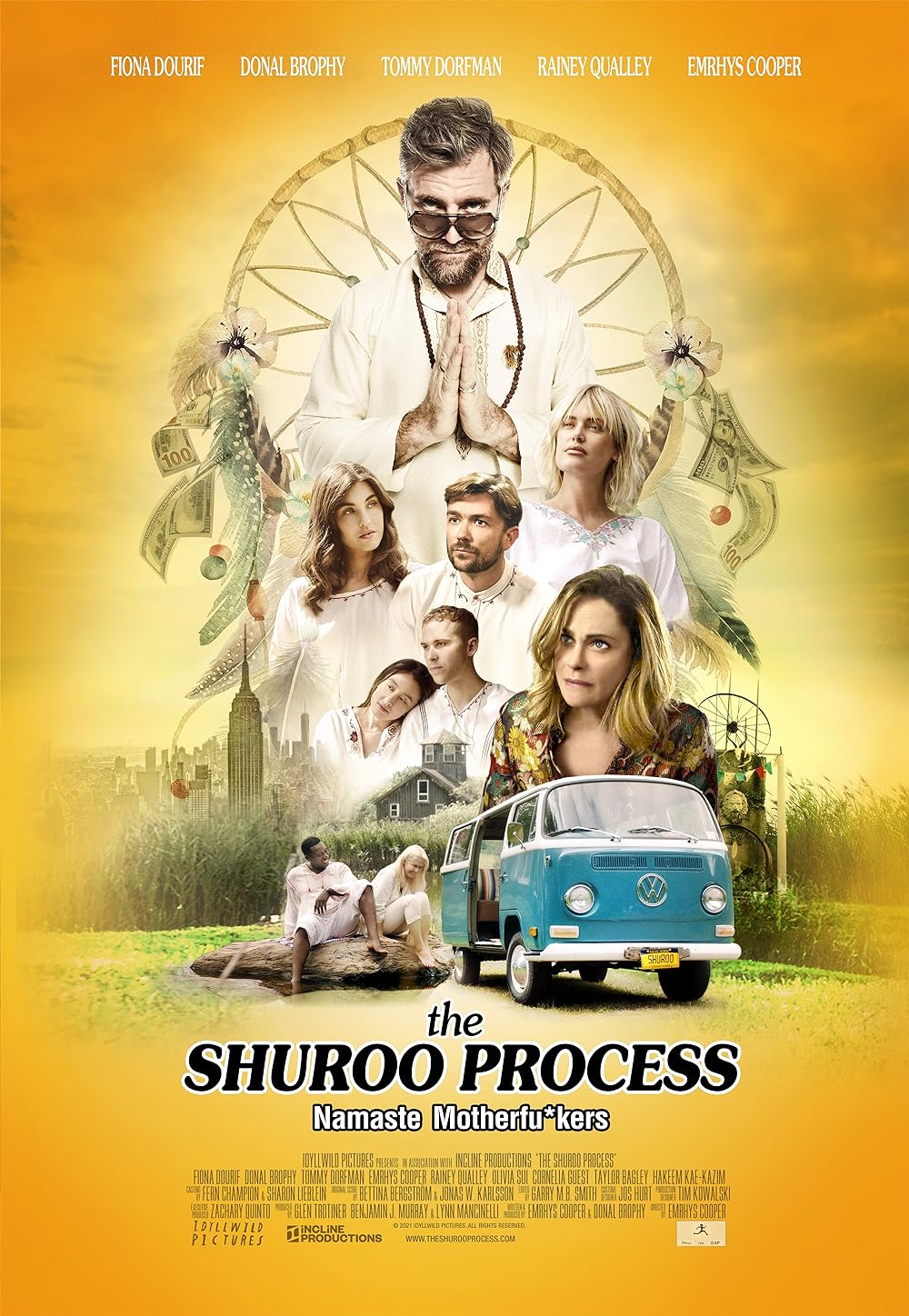


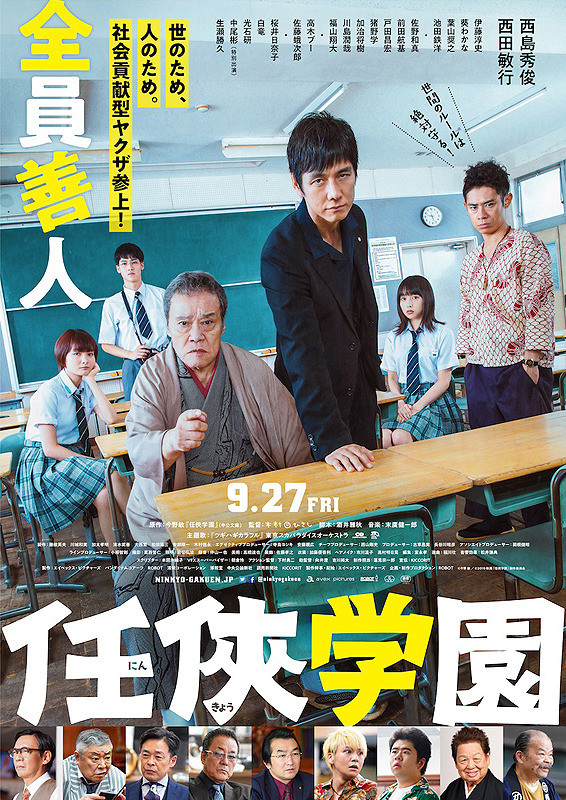



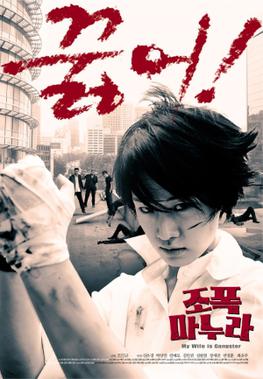
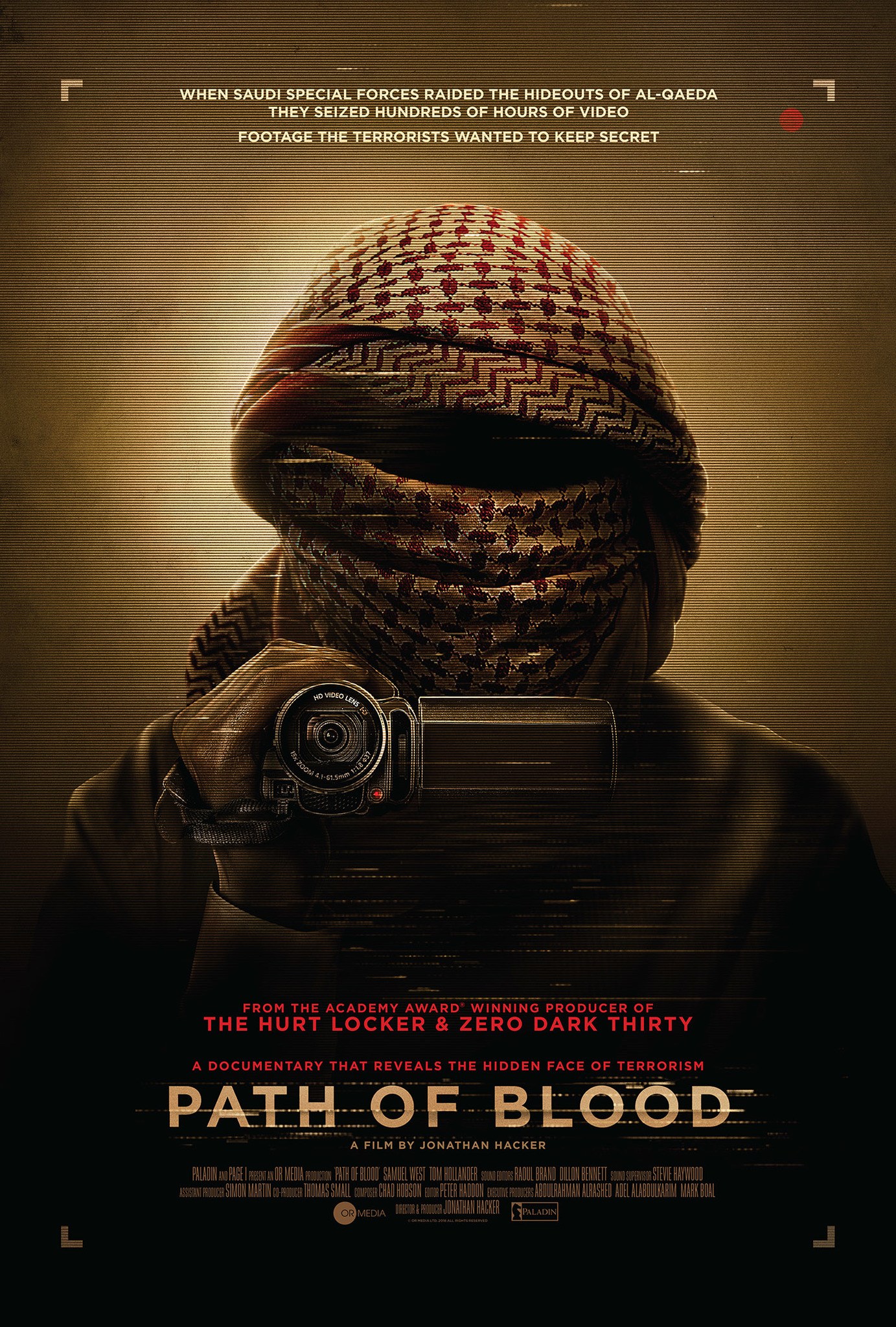
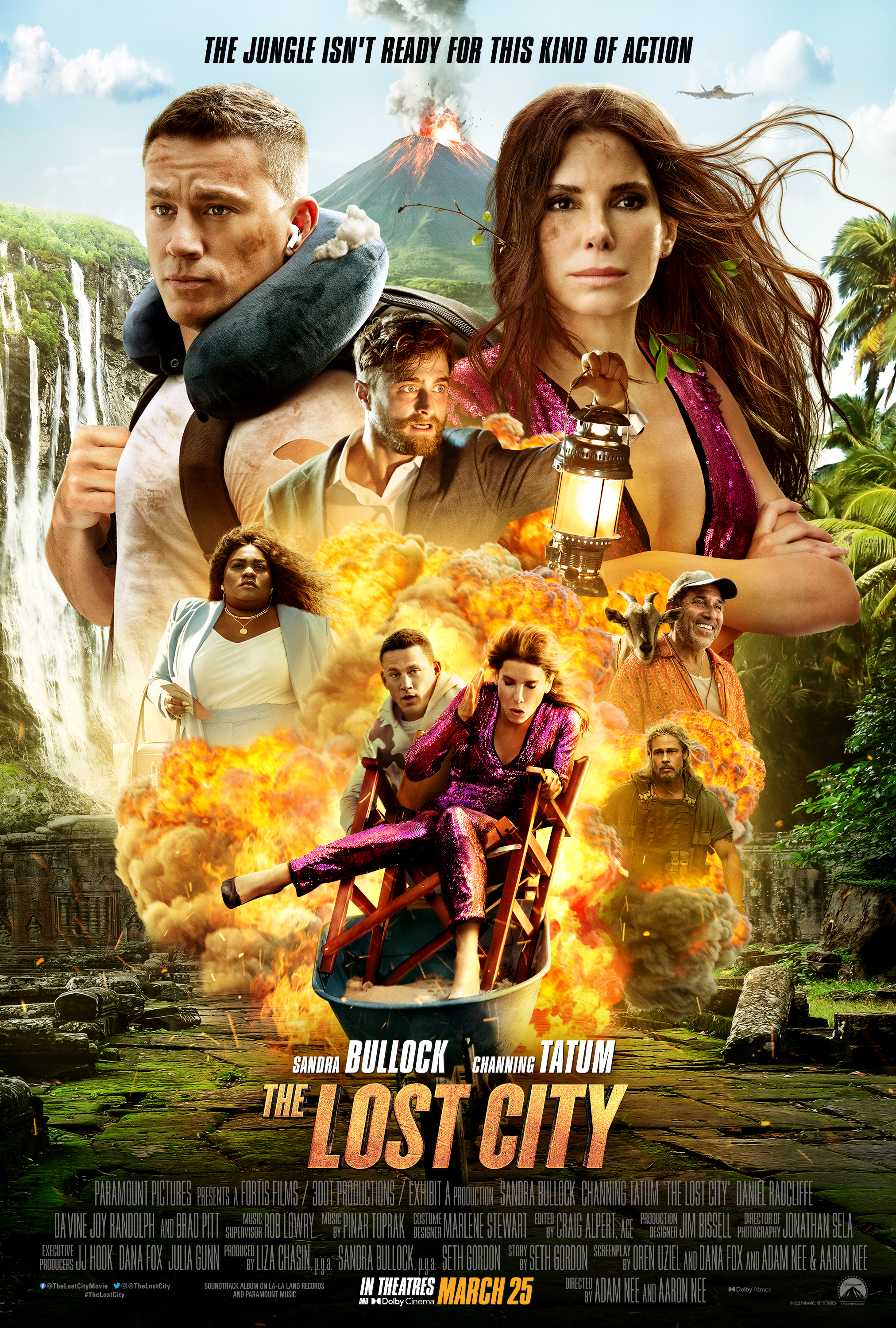

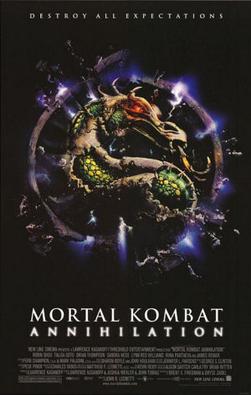


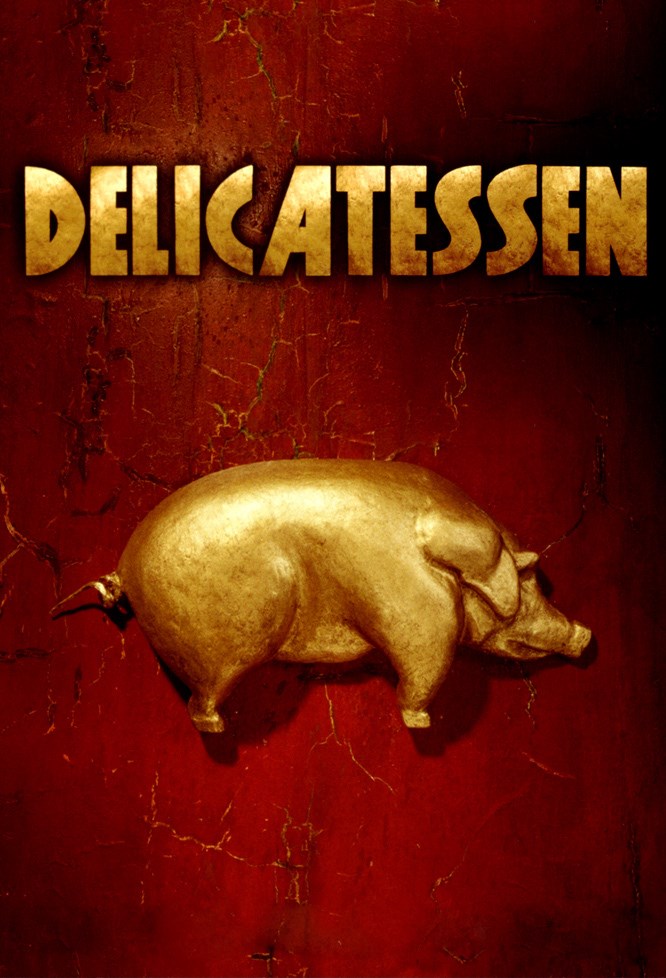
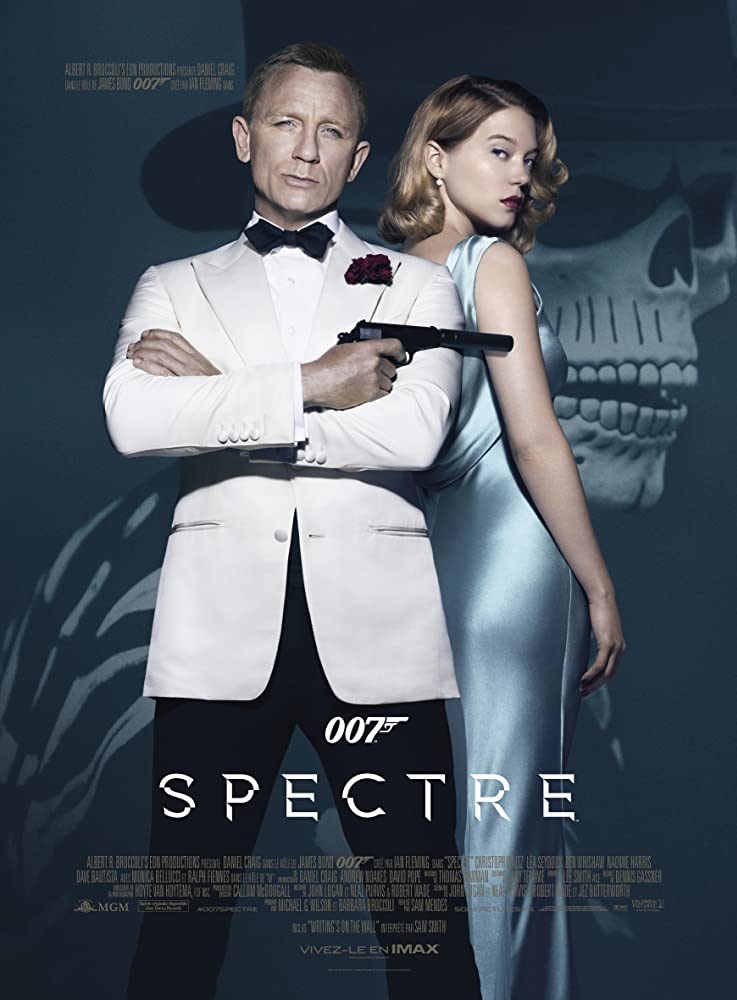

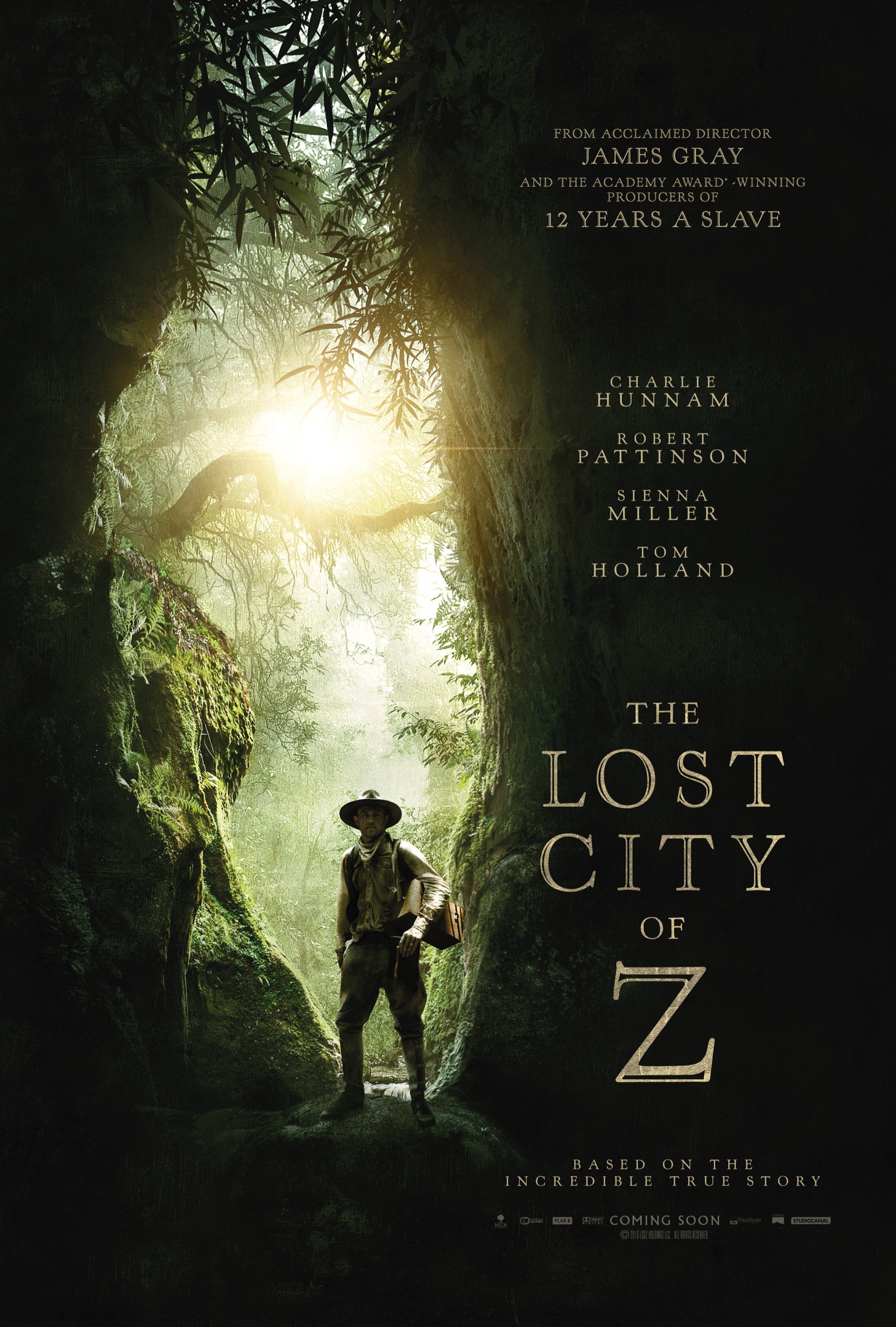
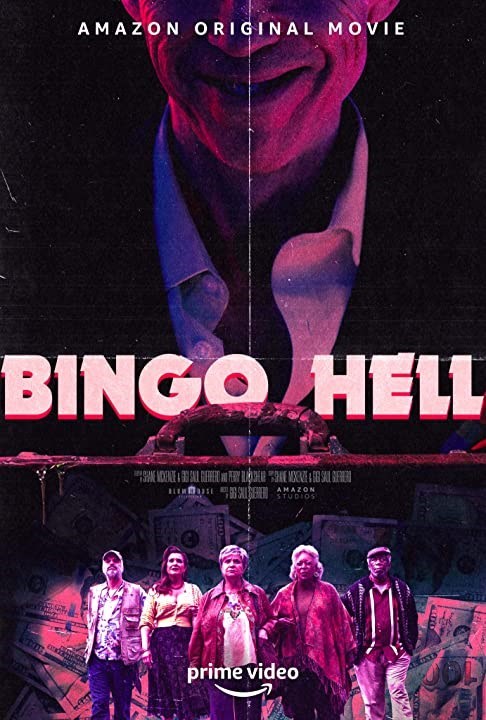

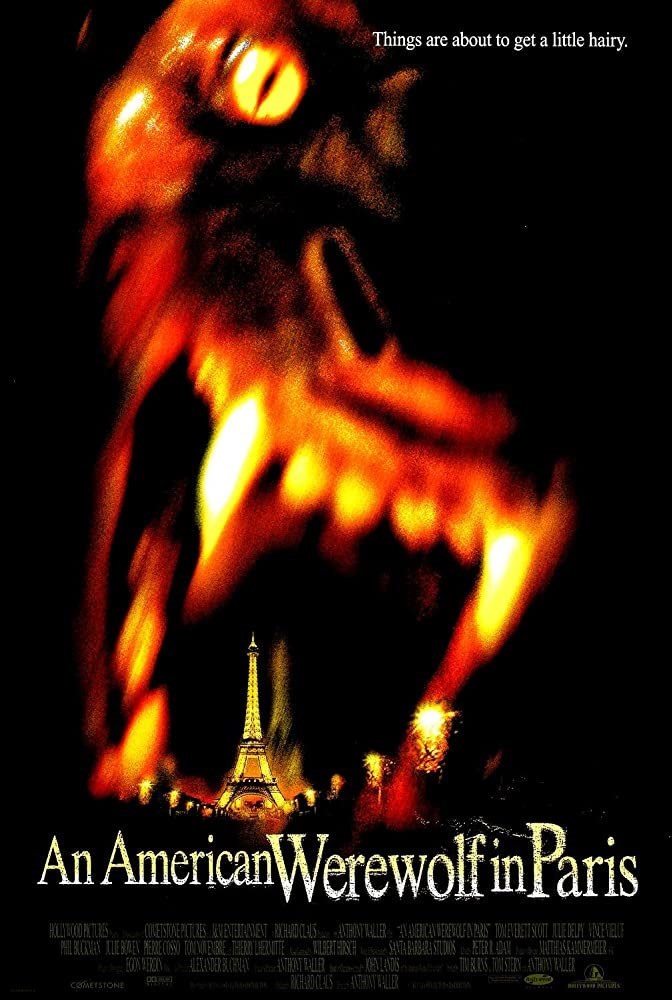



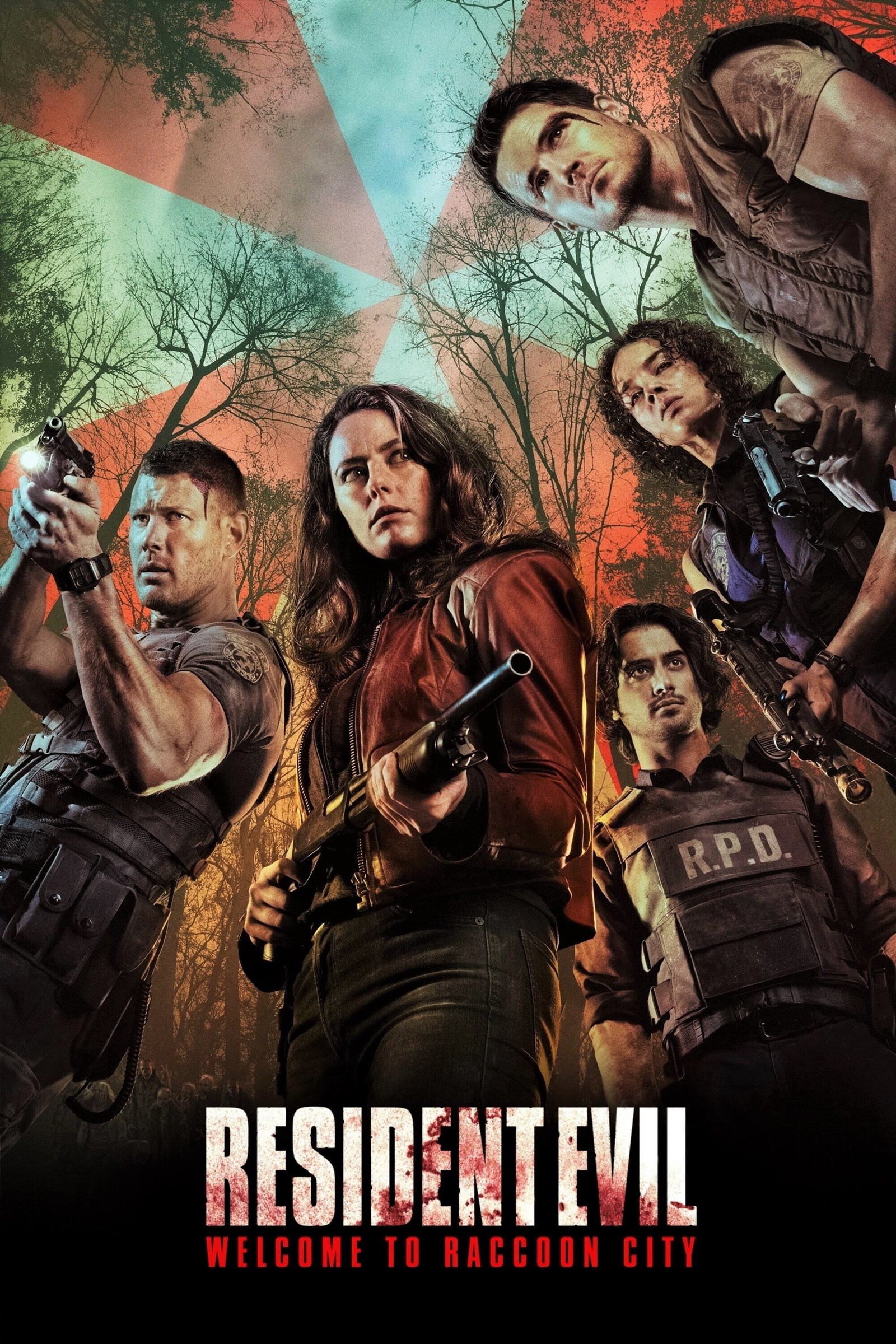

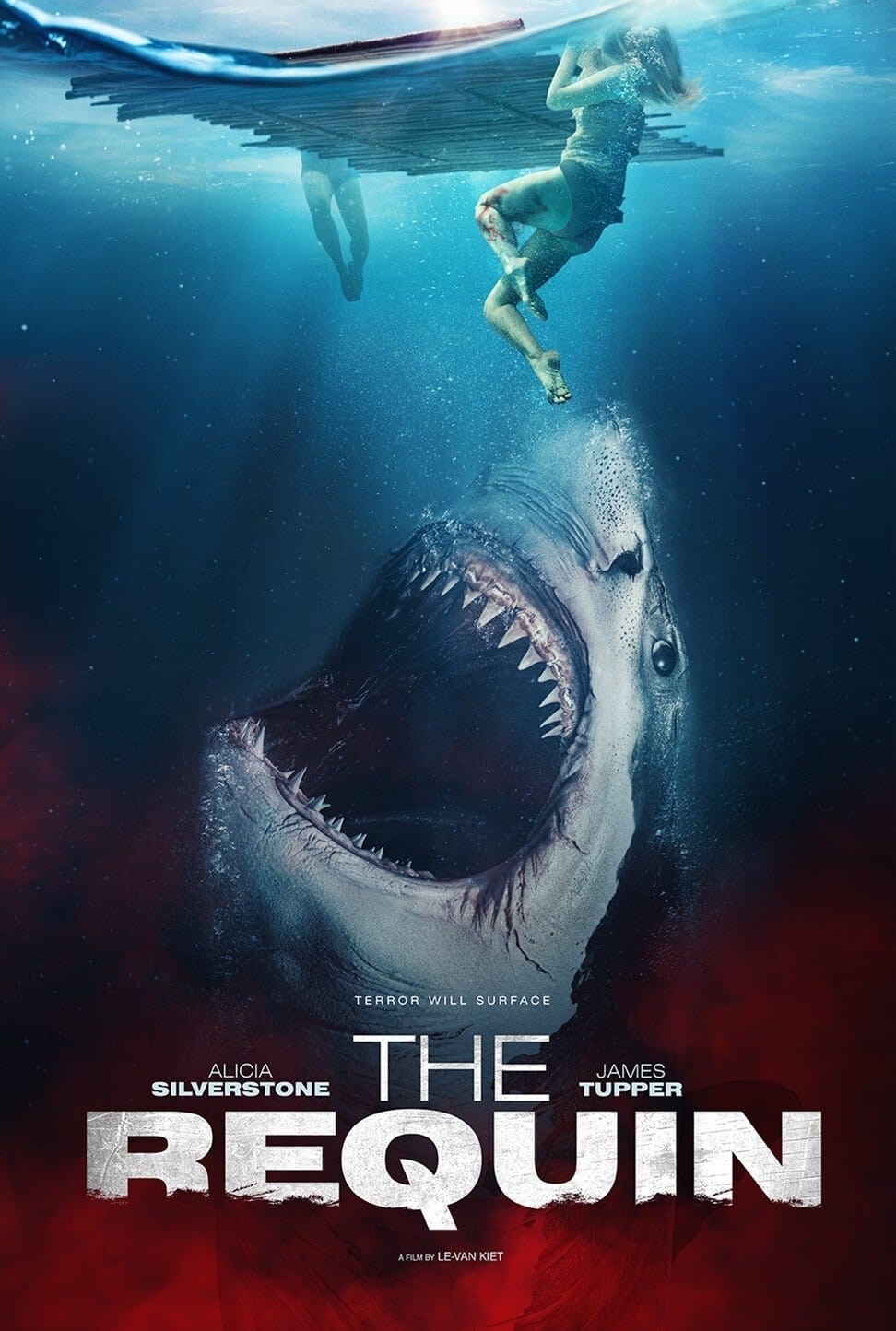

Comente